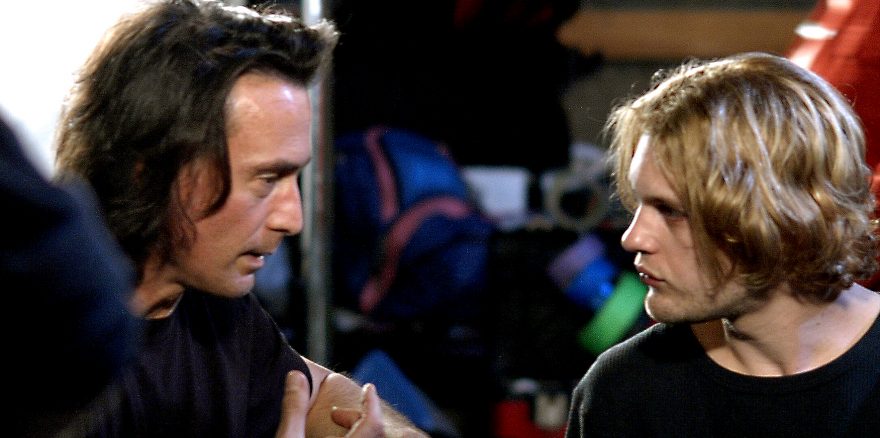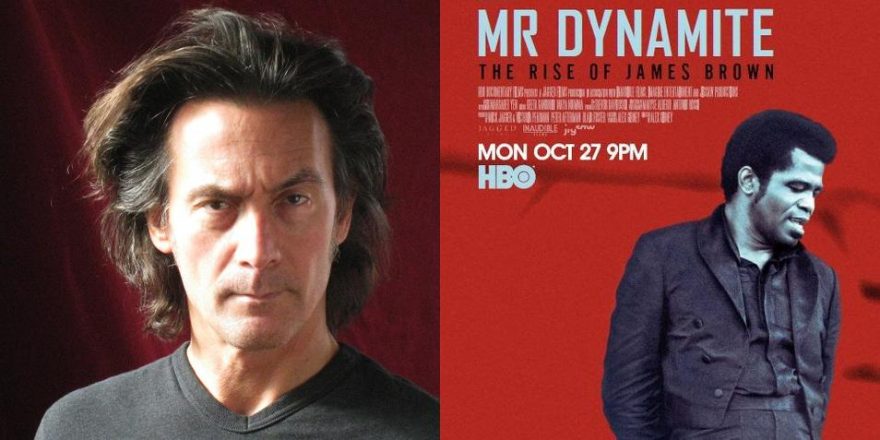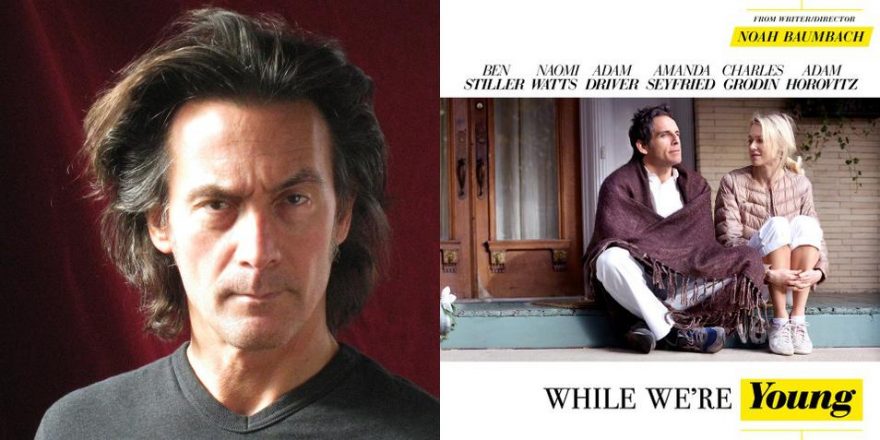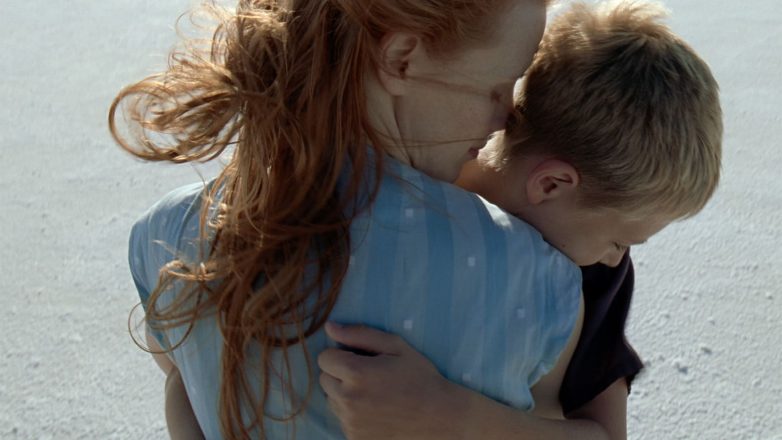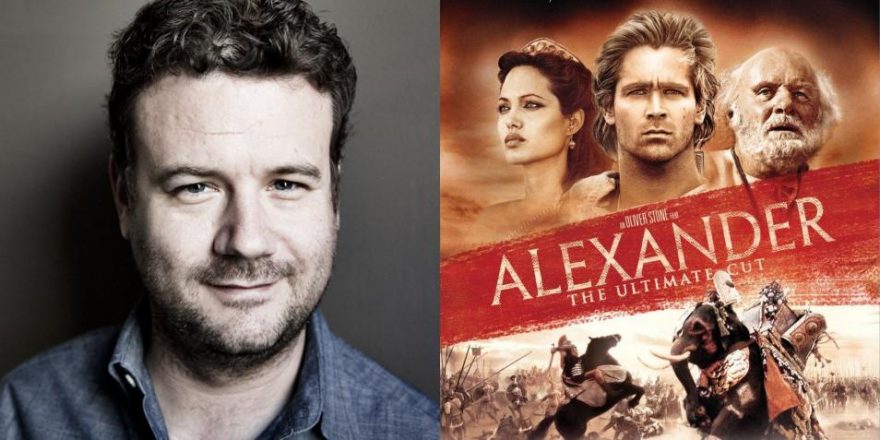You put your soul into every film you make. And you love them all. But some you love a little bit more. Delirious is one of those films.
It came into being at a tough point in my career. The film just before it, Double Whammy, took me four years to get made. Despite strong initial interest from buyers, it never got distributed in the U.S. I had more than one film colleague tell me, “Most likely, you will never make another film.”
To be honest, it felt that way. It was hard not to take it personally. In fact, I took it very personally. I lost a lot of faith in the whole filmmaking process. As the rubble kept falling, I felt myself drifting further away from the wild, indescribable thrill that had driven me to make films in the first place.
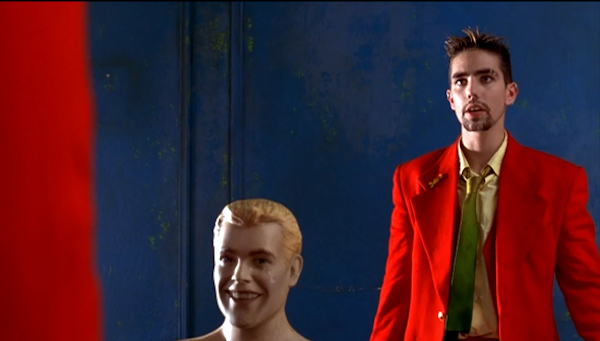
Just as I was about to give it all up completely, I got the idea for Delirious. It kept poking and nudging me like a starving stray dog until I finally said to myself, “If you’re going to go through this marathon of madness once again, then do it the way you started. Make it for nothing. Make it with no stars. Make it on the streets of New York City. Make it like it’s the first film you’ve ever made.”
And I did. Against all odds. I wrote the film for Steve Buscemi. I knew he was the only one for the role. When I first showed him the script, he said no. I was devastated. It took more than a year of patience, persistence and rewriting before he said yes.
It took four more years to get the financing. A week before we were to start shooting, the producers suddenly announced they were moving the whole production to Canada because it was cheaper to shoot there. I had written the entire film for NYC, the city I loved; the city where I’d lived for 35 years. At the very last minute, the unions gave us a break and we were able to keep the production there.
We shot the whole film in 30 days, including a final midnight-to-dawn crash onto the NYC subway with a crew, an actor and a 35 mm movie camera.
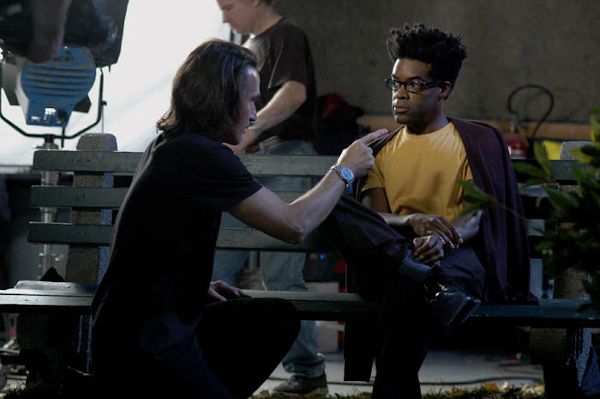
Throughout the whole shoot, I was consumed with an energy and focus I hadn’t felt in years. Nothing stopped me. I couldn’t wait to get on the set. I found a way to accept every setback and turn it into something new, unexpected and alive.
Five years after people told me I’d never make another film, I’d brought one into being. As proud as I was for getting it made, I was even prouder that it turned out to be one of my best.
Things started getting crazy right after the film won Best Director and Best Screenplay at the San Sebastian International Film Festival. Without telling me, the producers excitedly sent screeners to all the U.S. independent distributors. I was furious when I found out. The first time a potential buyer sees a film is intensely precarious for the filmmaker. The distributor’s whole system is based on caution. It is how they survive. They don’t make a move unless they feel they have to.
For an independent filmmaker, the best way to have distributors see a film is for them to experience it large and live with a real audience, not on an office computer screen in between phone calls, Twitter and lunch.
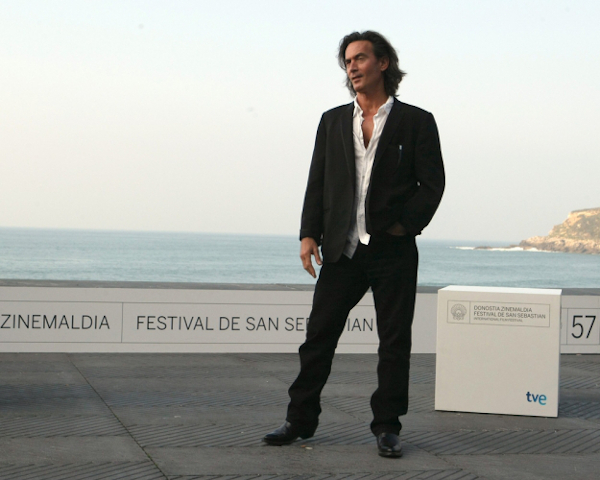
Every single U.S. distributor passed on Delirious. The producers insisted there was something wrong with the film and demanded I change the ending. I fought them. They insisted. I fought them harder. They said they’d sell the film straight to video.
I couldn’t believe I was right back in the same nightmare I’d just experienced with Double Whammy. I knew it would be impossible to survive another film that went straight to video. Especially one that I’d just put my life into.
So, I recut the film. The producers rewarded me by hiring a company called AtoZ Films to release Delirious on three screens in NY, LA and Chicago. Since AtoZ had to pay themselves after their expenses they had little incentive to spend money promoting the film–so they didn’t. I was left to console myself with the fact that at least Delirious would finally get a theatrical release.
All that consolation evaporated as I sat through the first public screening in NYC. Watching the re-edited version all I could hear were the same words, over and over; “This is wrong. This is wrong.”
The film received some strong reviews, but few people went to see it. Within a few days, it was gone. The changes I’d made had done nothing to sell tickets for the producers and had instead made the film dramatically confusing. I lay awake night after night, agonizing about it. It crushed me that I’d maimed the film and it would stay that way for eternity. All I wanted to do was somehow reach into the film and put it back the way I’d written it. I literally begged the producers to let me restore it for the DVD release in 2007. They refused. A month later, they went bankrupt.
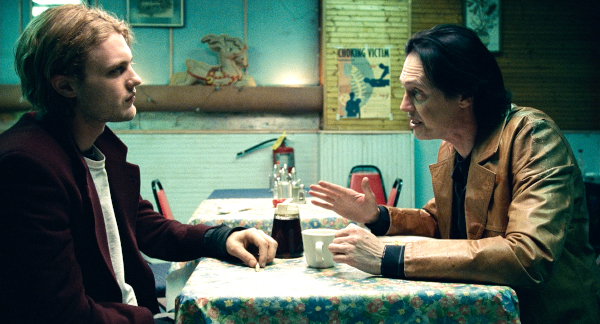
I tried to contact anyone who’d been involved with the film. No one returned my calls. I tried for months, then years. Nothing. I had no idea where to find the negative, the prints, all the sound elements. Everything was gone. It was as if the entire film had permanently vanished into nothingness.
Thirteen years went by. I still woke up at night thinking about it. Ultimately, I found some peace in this realization: even if no one sees your film, it is better for it to be the way you want it; the way you saw it, the way you are the proudest of it because in your soul you know that is the way it was meant to be. And at the end of the day, if some cash-brained financiers don’t understand the film and scream and threaten you, it is better to deny them. It is better to walk away. Because even if they hurt you in the moment, which they may, your belief in the film will always outlive them.
Always.
A little over a year ago, I found the film. Three thousand miles from NYC, through a completely random twist of fate, I met the man who currently owns the rights to Delirious. He quickly informed me that everything was gone. All the original elements were lost and all the prints had been destroyed, because it was too expensive to pay for their storage. The only thing that existed was a single hi-res digital master on his hard drive.
I was almost paralyzed with shock – terrified that at any moment even this master would disappear too. I asked if he’d consider letting me recut the film so he could release it for the first time on Blu-ray.
“No,” he said. “Blu-ray is dead. In two years there won’t be a single Blu-ray player in any home in the U.S.”
I looked at him for a moment, then asked, “Are the Blu-ray rights still available?”
He regarded me in silence. “The US rights are,” he said finally.
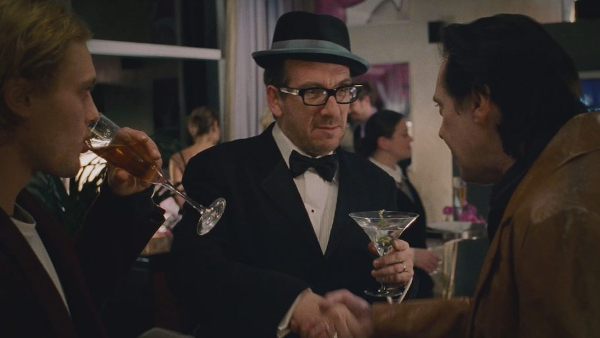
And so, I took a deep breath and for the first time in my life bought the Blu-ray rights to one of my own films. I knew there was absolutely no chance I would make my money back. But, I also knew it was worth it.
A month later, I’d restored the ending to the way I had written it – to the way I knew it best resolved the film. It was thrilling to see it again. I contacted my friend Eric Wilkinson at MVD Entertainment and within a week, he agreed to release my new Director’s Cut of Delirious on Blu-ray.
Fourteen years after its original release, the film is finally back in the form I’d meant it to be seen.
I can’t tell you how good that makes me feel.
Featured image shows Tom DiCillo with actor Michael Pitt on the set of Delirious. All images courtesy Tom DiCillo.


